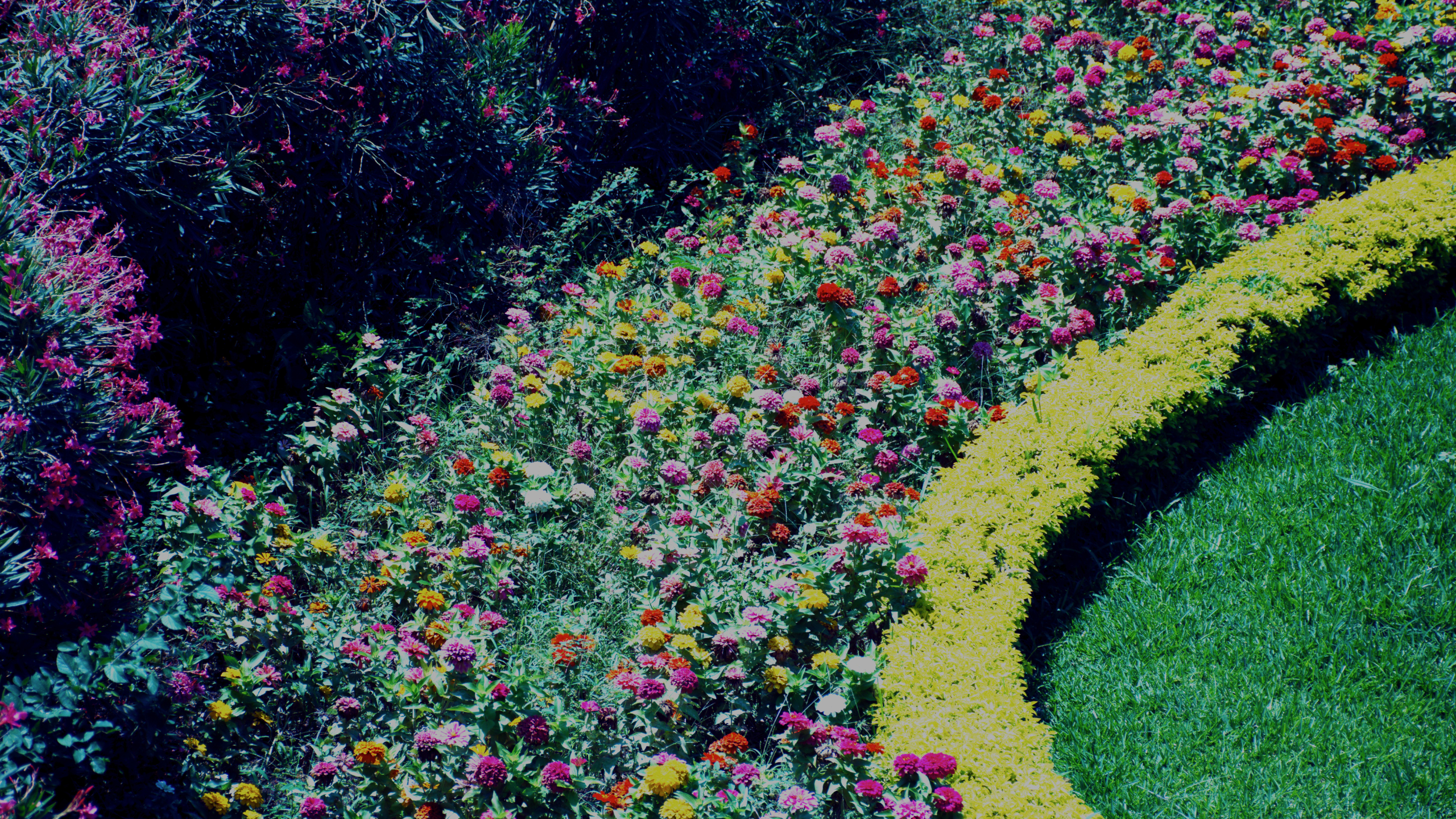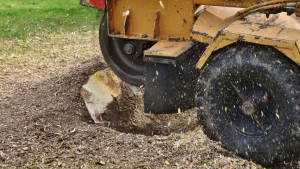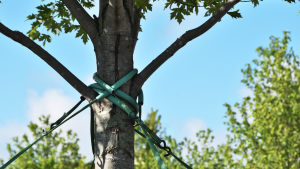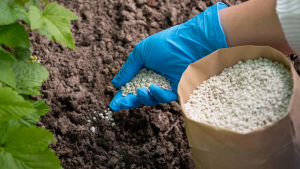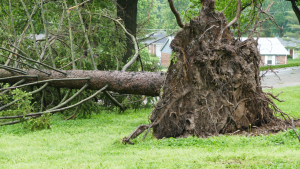In the canvas of nature, an ever-changing masterpiece of colors unfolds with the seasons’ rhythm, captivating the senses and invigorating the soul. Each spring brushstroke heralds life’s awakening as vibrant hues burst forth from blossoms, painting the landscape with a kaleidoscope of colors. As the year unfolds, the palette evolves into the rich tones of autumn foliage, where every leaf becomes a canvas for nature’s artistry. In this exploration, we embark on a journey into seasonal color, uncovering the secrets of flowers that change with the seasons and discovering how to weave their beauty seamlessly into our landscapes. Transform your outdoor oasis with Joliet Tree Service. Reach out to us for a free rate quote and let our experienced team enhance the beauty of your yard.”
What Flowers Change Color with the Seasons?
Nature’s palette is rich and diverse, offering an array of flowers that change color with the shifting seasons. In spring, cherry blossoms paint the landscape in delicate shades of pink and white, while tulips burst forth in a riot of colors. Summer brings forth the bold blooms of roses, hydrangeas, and lilies, infusing gardens with warmth and vibrancy. As autumn approaches, the fiery hues of marigolds, mums, and dahlias signal the changing of the seasons. At the same time, winter’s frost transforms landscapes into a glistening wonderland adorned with the subtle beauty of snowdrops and hellebores.
Take Advantage of the Long Growing Season in Joliet, Illinois
In Joliet, Illinois, right in the middle of the Midwest, gardening is a big deal. The weather here is just right for growing things, starting early spring and lasting until late autumn. Joliet’s mild climate makes it perfect for gardening, with easy soil to work with and plenty of space for plants to grow. Gardens burst with colors year-round in this peaceful setting, surrounded by wide-open fields and gentle breezes. Planning carefully allows anyone to create a beautiful garden that changes with the seasons, making Joliet’s outdoor spaces peaceful and stunning places to enjoy.
Plan for a Variety of Flowering Plants
To keep your landscape dynamic and engaging year-round, planning for various flowering plants that bloom at different times of the year is essential. Begin by selecting early bloomers, such as crocuses and daffodils, to herald the arrival of spring. As the season progresses, transition to mid-season bloomers like peonies and irises, followed by late-season performers such as asters and sedums. Using a kaleidoscope of colors to decorate the sceneryflowering shrubs, you can ensure that your landscape remains a kaleidoscope of color from spring through fall.
10 Tips and Benefits of Low-Maintenance Flowering Plants
- Choose Native Species: Opting for native plants is not just a nod to preserving local biodiversity; it’s also a practical choice for low-maintenance gardening. Native plants have adapted well to the environment in the area, soil, and pests, requiring minimal intervention once established. Selecting plants that naturally thrive in Joliet’s conditions minimizes the need for over-fertilization, insect control, and watering.
- Mulch Regularly: Mulching is a cornerstone of sustainable gardening practices. A layer of mulch around plants helps hold onto soil moisture, lowering the need for frequent irrigation. Moreover, it acts as a natural barrier against weeds, minimizing the need for herbicides. As organic mulch breaks down, it enriches the soil with essential nutrients, promoting healthier plant growth and reducing dependency on synthetic fertilizers.
- Prune Wisely: Pruning is akin to giving your plants a haircut – essential for maintaining their shape, health, and vigor. Regular pruning encourages robust growth and flowering by cutting out unhealthy or dead branches, enhancing ventilation, and stimulating new growth. Keeping plants neat through strategic pruning improves their aesthetic appeal and reduces the risk of pests and diseases.
- Group Plants by Watering Needs: Making sure you use water wisely is essential for keeping your garden healthy and saving water. Putting plants that need the same amount of water together helps you water them just right. By grouping plants that like less water in one spot and those that like more in another, you can use water better and not waste any. This way, each plant gets exactly the amount of water it needs, so it won’t get too much or too little.
- Select Drought-Tolerant Varieties: With climate change, plants that can survive without much water are helpful for gardens. These tough plants are great for places where there’s not a lot of rain or where water rules are strict. Using these plants means you don’t have to water them as often, saving water and making gardening more accessible. So, if you pick drought-tolerant plants for your garden, you can have a beautiful, healthy garden without spending too much time watering it.
- Use Permeable Surfaces: The material used for paths and driveways can affect how water moves in your garden. Porous surfaces like gravel or unique pavers let rainwater soak into the ground, which helps refill underground water sources and stops water from running off. This helps prevent soil erosion and flooding while also making plants healthier. Plus, permeable materials make your garden look more natural and beautiful.
- Implement a Watering Schedule: Water your plants regularly to keep them healthy. Having a set schedule for watering ensures they get just the right amount of water, neither too much nor too little. Water deeply but less often to help plants grow strong roots that can handle dry periods better. Consider using a timer or an irrigation system to make water more accessible and consistent. This way, your garden stays hydrated, even if you’re not around to water it yourself.
- Fertilize Sparingly: Too much fertilizer can harm your garden and the environment. Instead of using a lot of fertilizer, use types that release nutrients slowly over time. This way, you can avoid the risk of too many nutrients washing away into the ground or water, which can cause pollution and harm to plants and animals. Remember, healthy soil is essential for a successful garden, so improve it by adding natural materials like compost instead of relying too much on chemical fertilizers.
- Practice Integrated Pest Management: Bugs are common in gardens but don’t have to ruin your plants. Integrated Pest Management (IPM) is a way to control pests, focusing on stopping problems before they start and using eco-friendly methods. Check your plants for bugs or diseases often, and deal with them early to prevent them from spreading. Instead of solid chemicals, try natural options like neem oil, unique soaps, or helpful bugs such as ladybugs or nematodes. When you create a balanced environment and let nature’s pest fighters do their job, you can protect your plants without harming helpful insects or the balance of life in your garden.
- Encourage Beneficial Wildlife: A biodiverse garden is like a powerhouse of life. Inviting bees, butterflies, and other friendly critters into your garden is not just for show – they actually help it thrive. Planting different kinds of flowers that bloom at different times keeps these animals fed throughout the year. Set up birdhouses, bee homes, and spots for butterflies to chill out and feel safe and happy. Making your garden a cozy place for animals helps keep away pesky bugs and ensures your plants have plenty of pollen. This means you’ll enjoy more and healthier fruits and veggies from your garden for a long time.
Conclusion
In the tapestry of nature, seasonal color adds depth, dimension, and beauty to our landscapes. By embracing the ever-changing palette of the seasons and incorporating a diverse array of flowering plants, We might design areas inside our gardens that delight the senses and nourish the soul year-round. From the delicate blossoms of spring to the fiery foliage of fall, let us revel in the kaleidoscope of colors that nature so generously provides, and may our landscapes be forever alive with the vibrant hues of seasonal color.
